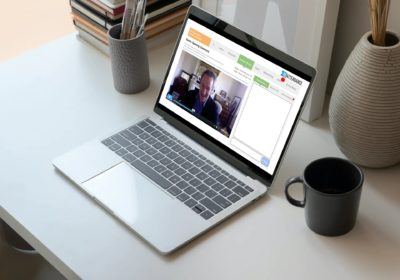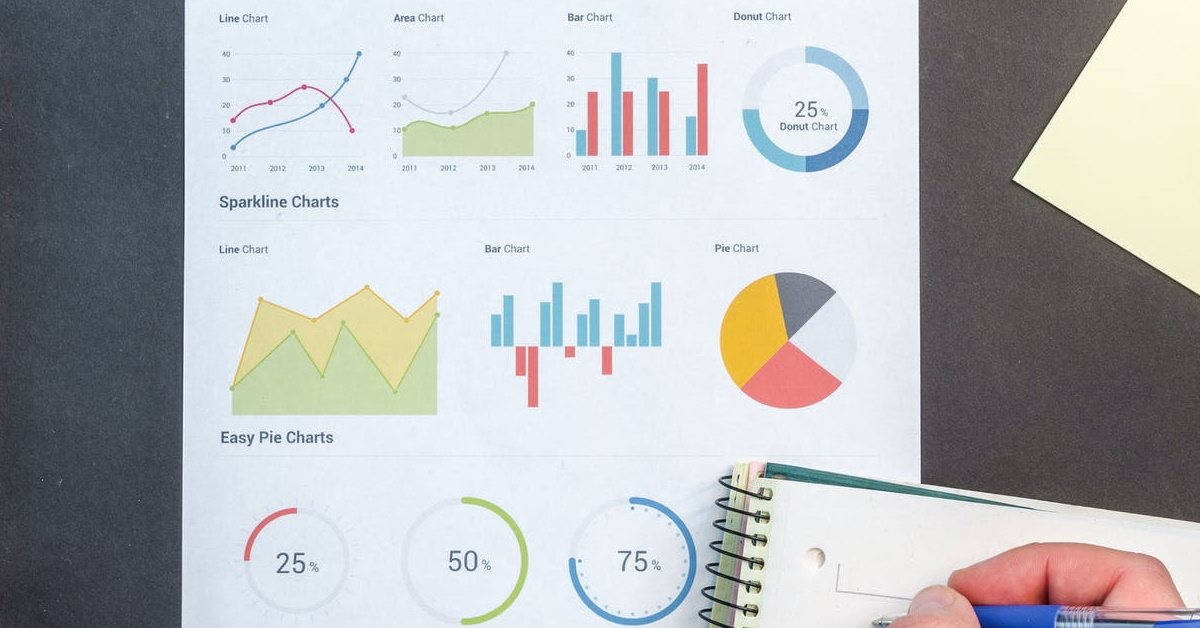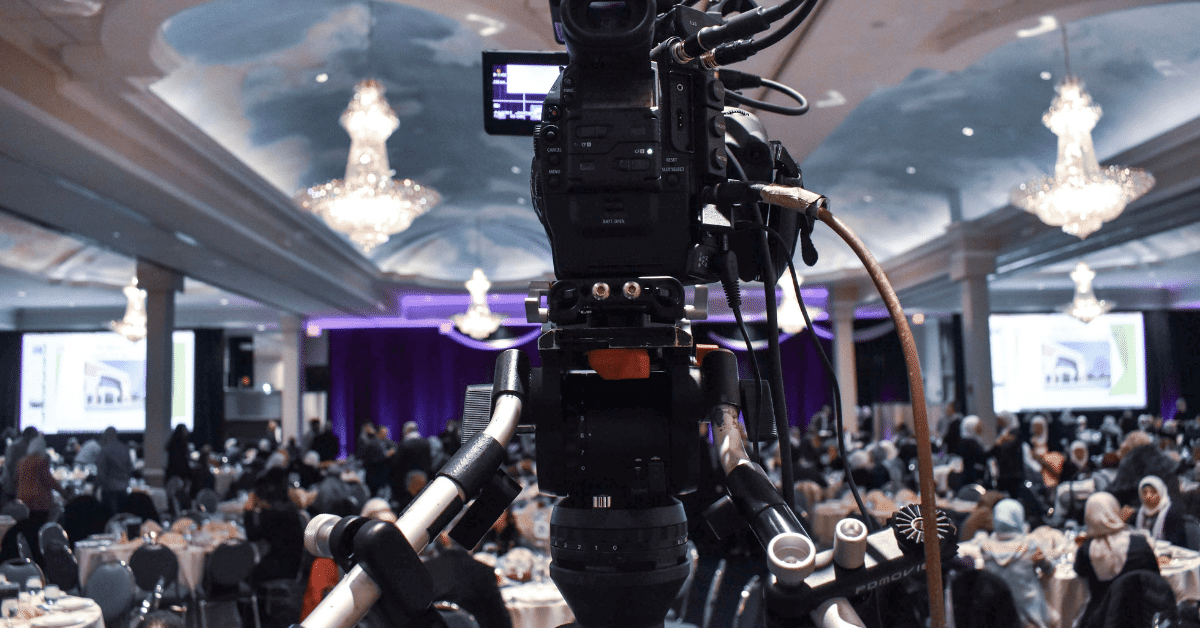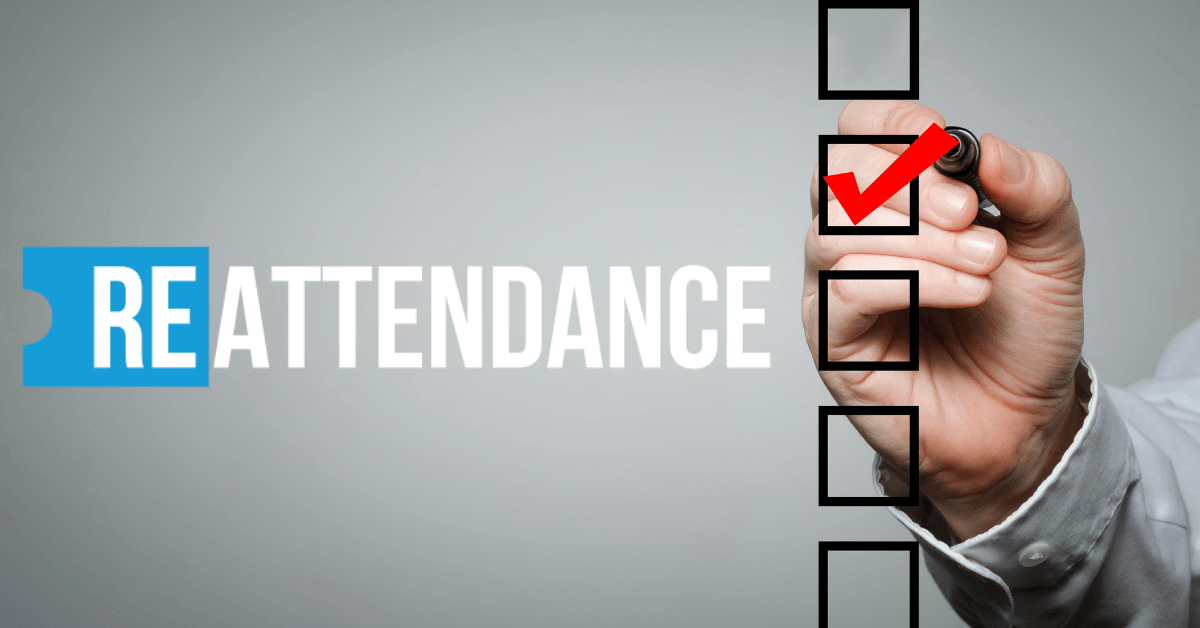
When it comes to virtual events, a huge proportion of event hosts worry whether to go for pre-recorded content or to host your entire online event completely live...
While we’ve looked into how to improve the quality of your virtual event’s livestreams, it is completely reasonable for event hosts to still be wary of hosting a totally live event, especially if your broadcast’s stability relies on your guest’s and speaker’s internet connections.
We’ve hosted hundreds of virtual and hybrid events and that gives the ReAttendance team a unique insight into how attendees respond to different event types, using our event wide analytics.
We’ve discovered some crucial trends in how engaged attendees are depending on whether or not content is live, but the results show that you can keep your attendees completely engaged, without having to take on the potential risks of a completely live event.
Let’s break down the data and see what difference a live virtual event makes.
The 3 Types of Live Content You Can Have At A Virtual Event
When it comes to hosting a virtual event, there are 3 levels of “live” that you can use, depending on how comfortable you are going live:
- Pre-Recorded Content – All your content is pre-recorded, with no live elements outside of moderating an additional live chat.
- Live Content – All of your content is completely live, including your presentations and Q&As.
- Pseudo-Live Content – Your content is pre-recorded, but is presented as being live. There may also be additional live sections that do not comprise the bulk of your content.
We’ve hosted events which cover all of these event types and the engagement stats for each are shocking. In the next section, let’s break down each of these “live” event types and compare it to our engagement data from ReAttendance to show you just how big of an effect the way you choose to present your event can have on your attendee’s engagement and enjoyment.
Completely Pre-Recorded Event

Let’s start with the type of event that puts event hosts at the most ease. All your content is pre-recorded, which means that everything can be filmed and scheduled ahead of time.
While this is certainly comforting for an event host, the engagement numbers tell a completely different story.
In short, engagement rates fall sharply once attendees know that something is entirely pre-recorded.
As an average, where we see 100% show up rates to the first session of the day, we find that by session 4, the show up rate drops to just 25% of that initial total.
And this can spell disaster for events in the long run. Events which lasted for multiple days had average show up rates as low as 18% compared to session 1 on day 1.
This same disappointment reflects in after event surveys which we conduct on many of our events. Attendees often feel that they have been mis-sold their event based on believing it was a live event.
This should speak for itself that this isn’t great for your branding or reputation, which can be damaged far beyond your event if you take this route.
What If We Are Open About Our Event Being Pre-Recorded?
Sadly, even if you tell attendees beforehand that all the content is pre-recorded and on demand, the figures hold up even worse.
Events which hosted explicitly pre-recorded content had the lowest attendance rates of any virtual event, regardless of industry or sector.
There could be multiple reasons for this, but there are a few which come to mind almost instantly as possible reasons.
Firstly, a lack of an “event” in your event removes alot of the incentive for attendees to purchase in the first place. If they can watch your content tomorrow or in a month with no difference, then there’s no reason for them to buy it right now.
Secondly, people like to be part of an event, experiencing something live and interacting. There is a unique quality to this that pre-recorded content simply can’t capture, which is really at the heart of what makes an event unique.
Thirdly, if your event boils down to lots of pre-recorded presentations, then there’s no difference between your event and any other online course that your attendees could purchase later.
To sum up all of this, it’s become clear just by the numbers alone that pre-recording your content can not only seriously damage your attendee numbers, but if you attempt to make it appear like it’s live, your attendees will definitely notice and will drop off very quickly. If you’re going pre-recorded, then definitely make that clear, but overall, it’s never the best option.
Completely Live Content

It’s instantly clear based on the data that completely live content is far more popular with attendees.
One of the most concrete demonstrations of this is, is the fact that there is no discernable drop off in engagement across multiple sessions, across multiple days. If attendees know something is live and it appears to be genuinely live, attendees will consistently show up throughout the entirity of the event.
What’s even more surprising, is that replays of the live content which aired after the original showing also had remarkably higher show up rates and retained higher engagement throughout the showing, with little drop-off until the end.
Overall, the data from live content is simple to sum up. Event attendees love live content, they are more likely to purchase a ticket for it and stick around throughout the entire event to see it. And this high engagement continues onwards to even replays of that same content. When it comes to the value for your attendees, speakers, and even the ROI for your sponsors; it’s clear that live event content is an incredibly powerful tool for your event to weild.
Pseudo-Live Content
If live content is so clearly the best option, then you might be wondering why we’re even looking at pseudo-live content at all. But the biggest surprise here is that pseudo-live content has almost the exact same level of engagement as completely live content does.
On average, we saw an average drop-off of around 10% of viewers across the first 4 sessions of any given event. However, beyond that initial drop-off, the engagement numbers remain fairly constant, even across multiple day events.
Interestingly, that same hunger for replays of the content remain as high as completely live content, with very high attendee numbers returning to catch the sessions they missed.
When you bring it all together, it’s clear that pseudo-live content has the best of both worlds, with the safety of being able to pre-record elements of the event, while also retaining a high engagement rate.
Is There Any Danger To Hosting A Live Virtual Event?

While we’ve spent this entire article demonstrating data from hundreds of virtual events which prove that live events are the key to a successful online event, you might still be weighing the pros and cons of hosting your event live.
One of the key things that you’ve hopefully taken from this is that you don’t have to run a completely live event. The engagement proves that your audience will still be engaged even if some of your content is pre-recorded. But the payoff is that you DO have to provide some live element. You have to give your audience something that feels live and authentic, and unmissable.
This could be as simple as a live Q&A following your presentations; an interactive chat throughout the presentation, or a live social and workshop which follows the presentation so your attendees can chat directly with the speaker. But most importantly, you have to give your attendees something that they couldn’t get just from watching a webinar a few months later.
There has to be some additional value to your attendees turning up for your event outside of just content.
And the greatest answer to any fears over being live, is that your attendees will never judge you too harshly for any errors, as long as you are upfront about them. People understand that things go wrong. But as long as you make your attendees feel like their time is being respected and that you are working flatout to give them a valuable time, they will appreciate that more than anything.
Don’t Fear Live!
Live content is the best way to make your virtual event thrive with your audience.
The mild risks that come with a live event are worth the positives that you get from it a thousand times over. And with the freedom that a virtual event gives you, it’s completely possible to mix and match live and pre-recorded content to give you that same piece of mind.
If you’re interested in hosting your own virtual or hybrid event, then get in touch with the ReAttendance team and we can help you build your perfect live virtual event.






